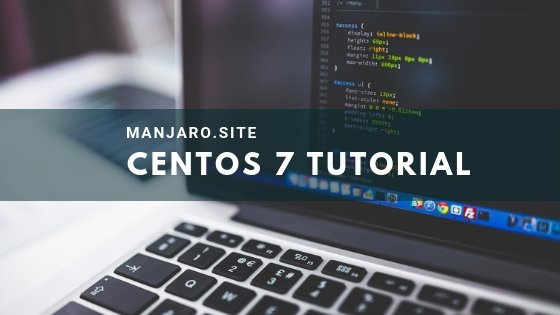
By default, CentOS 7 does not come with NTFS filesystem support. You will not be able to read or access the disk with NTFS format under CentOS 7. But don’t worry, there is an easy workaround to solve this issue. In this article, you will learn how to enable NTFS support on CentOS 7.
Requirements:
In order to perform this task, you will need the following in hands:
- Direct access or via SSH to CentOS 7
- root privileges
- Internet connection
- Little knowledge of Linux Terminal commands
Install ntfs-3g Package
First, login to CentOS 7 or connect to it via SSH. I am using my favorite SSH client for Windows, Termius.
ssh root@server.griyaku.lan
The next thing to do after login is installing the epel-release package. The ntfs-3g package is available from epel repository. So first, lets enable it.
# yum install epel-release
Next, install ntfs-3g and fuse package
# yum install ntfs-3g fuse
Mount NTFS Partition
After installing ntfs-3g and fuse package, we can start mounting our NTFS partition with this command as root
mount /dev/sdb1 /mnt/ntfs-disk
/dev/sdb1 >> my NTFS partition
/mnt/nfts-disk >> my mount location
You need to modify those two parameters with your own.
Make Permanent
The mount command above will not be saved by CentOS system. Upon reboot, the partition will not automatically re-mounted. To make this permanent, do the following.
Edit fstab file
# nano /etc/fstab
Add the following line (modify with your own parameter)
/dev/sdb1 /mnt/ntfs-disk ntfs-3g rw,umask=0000,defaults 0 0
Next, mount with this command
mount /mnt/ntfs-disk
Done. Test it by rebooting CentOS 7 and see if it automatically mounted. Thank you for reading this post. I hope you enjoy it and see you in the next tutorials.

Leave a Reply